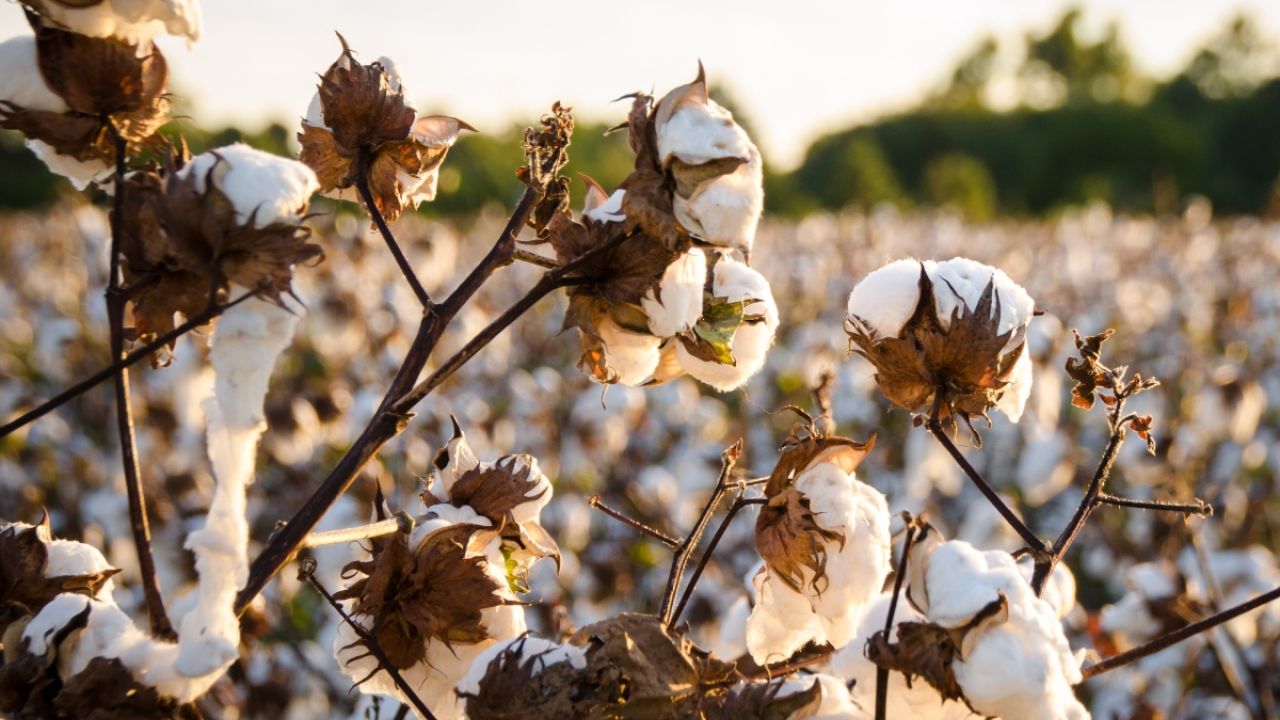
Some farm groups and legislators have proposed increasing price guarantees for major crops. But the higher price guarantees would mostly benefit fewer than 6,000 farms in a few states, EWG found.
The Department of Agriculture estimates there are roughly 2 million farms in the U.S. Raising reference prices would benefit less than 0.3 percent of farms.
Increasing price guarantees for major crops would mostly benefit farmers of peanuts, cotton and rice in Southern states, not corn and soybean farmers, EWG has previously found, which further limits the overall benefit of increasing price guarantees.
Only 5,630 farmers, mostly located in Southern states, received more than $50,000 in 2021 through the Price Loss Coverage, or PLC, program, according to USDA data, and would get more than a few thousand dollars if price guarantees went up.
Most of the farms that benefit from increasing the price guarantees in the PLC program are located in just 48 congressional districts. And most of the farmers in these districts – 92 percent – do not grow the common “covered commodities” eligible for PLC payments, EWG found. So increasing price guarantees fails to help most farmers, including most farmers in the South.
Farmers growing cotton, rice and peanuts get a payment that covers the difference between the price guarantee in the farm bill and the market price. While other crops are eligible for this program, cotton, rice and peanuts have higher payment rates, so farmers of these crops will benefit most.
Since payments are linked to production, the largest producers get the lion’s share of the funding. In 2021, just 10 percent of farmers received more than 80 percent of all PLC payments.
A few farmers would benefit significantly from higher reference prices. In 2021, nearly 1,000 farms each received more than $125,000 in PLC funding, the maximum amount per person set by Congress. One cotton farm in Georgia collected more than $1 million that year. Collectively, farms getting more than $125,000 took in nearly $200 million.
Other farmers may benefit from increasing reference prices, but the USDA has hidden some of the 2021 data it releases to EWG, reporting the names of banks rather than farms.
Farmers growing covered commodities must choose between subsidies triggered either by crop prices through the PLC program or crop revenue through the Agricultural Risk Coverage program. Increasing the price guarantees included in the farm bill will raise only the subsidies triggered by crop prices in the PLC program.
Farmers growing cotton, rice and peanuts are overwhelmingly expected to choose subsidies triggered by crop prices, recent studies show. With the exception of rice growers in California’s Central Valley and cotton farmers in Arizona and New Mexico, most are located in Southern states.
Most corn and soybean farmers will elect to receive subsidies linked to average county revenue, instead of crop prices only. So increasing the price guarantees in the farm bill won’t help them.
The Congressional Budget Office projects that rice and peanut farmers will already take in at least three times more per acre in subsidies, compared to corn, and six times more in funding per acre than soybeans, even without increasing price guarantees. And cotton is projected to take in at least twice as much as soybean.
Subsidy programs rigged to benefit Southern farmers are nothing new.
The Government Accountability Office found the USDA’s Market Facilitation Program paid cotton farmers 33 times more than the actual costs of the damage and benefited Southern states the most. The USDA created the program during the Trump administration to address profit losses caused by President Donald Trump’s trade war with China


